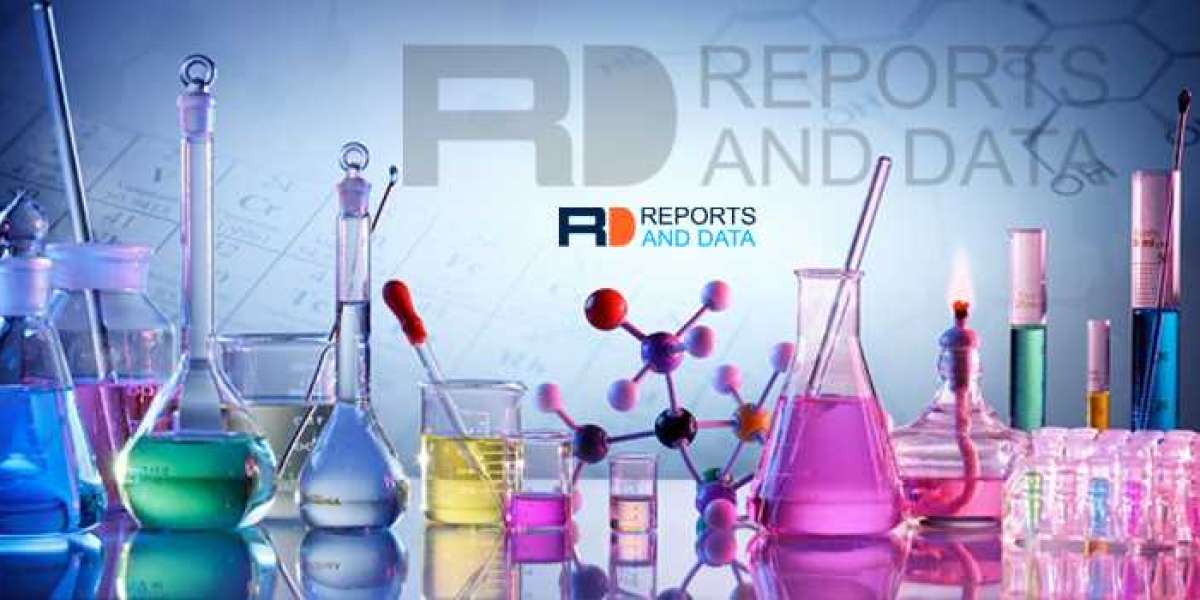In the realm of academic publishing, the presentation of research is as crucial as the research itself. High-quality figures play a pivotal role in conveying complex information effectively. They not only enhance the visual appeal of a publication but also facilitate better understanding among readers. This article delves into the significance of high-quality figures and their impact on academic communication.
Understanding High-Quality Figures
What constitutes high-quality figures? Generally, these are images, graphs, or illustrations that are clear, well-structured, and relevant to the content. They should be designed to support the text, providing visual evidence that reinforces the arguments made. When researchers incorporate high-quality figures, they enable readers to grasp intricate concepts more readily.
Benefits of High-Quality Figures
- Enhanced Clarity: High-quality figures simplify complex data, making it easier for readers to understand.
- Increased Engagement: Visually appealing figures capture the reader's attention, encouraging them to delve deeper into the research.
- Improved Retention: Studies show that visuals aid memory retention, allowing readers to recall information more effectively.
- Professional Presentation: High-quality figures reflect the professionalism of the research, enhancing its credibility.
Creating High-Quality Figures
When creating high-quality figures, researchers should consider several factors. Firstly, the choice of colors and fonts can significantly impact readability. Secondly, the resolution must be high enough to ensure clarity, especially when printed. Lastly, figures should be accompanied by descriptive captions that explain their relevance to the text. By adhering to these guidelines, researchers can produce figures that meet the standards of academic publishing.
Common Mistakes to Avoid
While striving for high-quality figures, it is essential to avoid common pitfalls. For instance, overcrowding a figure with too much information can lead to confusion. Additionally, using low-resolution images can detract from the overall quality of the publication. Researchers should also ensure that all figures are properly cited and referenced, maintaining academic integrity.
Conclusion: The Role of High-Quality Figures in Academic Publishing
In conclusion, high-quality figures are indispensable in academic publishing. They serve not only as visual aids but also as tools that enhance the overall communication of research findings. By investing time and effort into creating high-quality figures, researchers can significantly improve the impact of their work. For more insights into the importance of high-quality figures, visit  .
.








